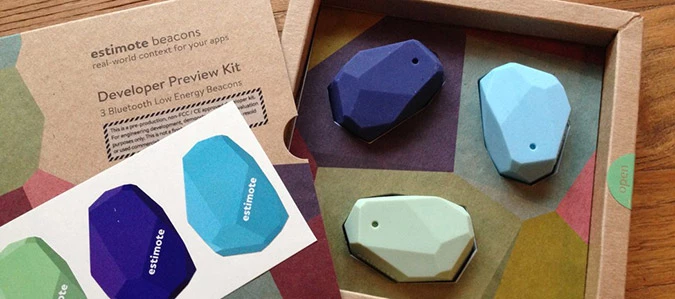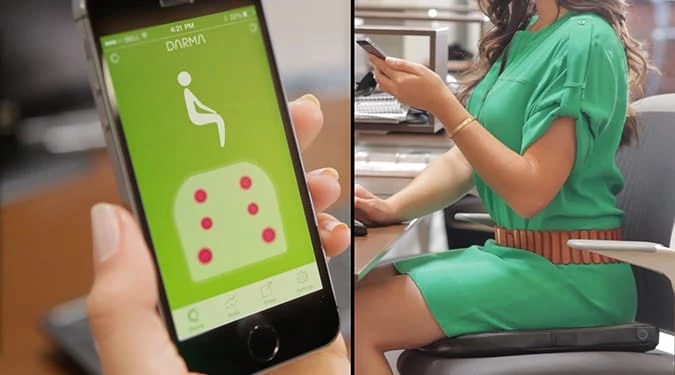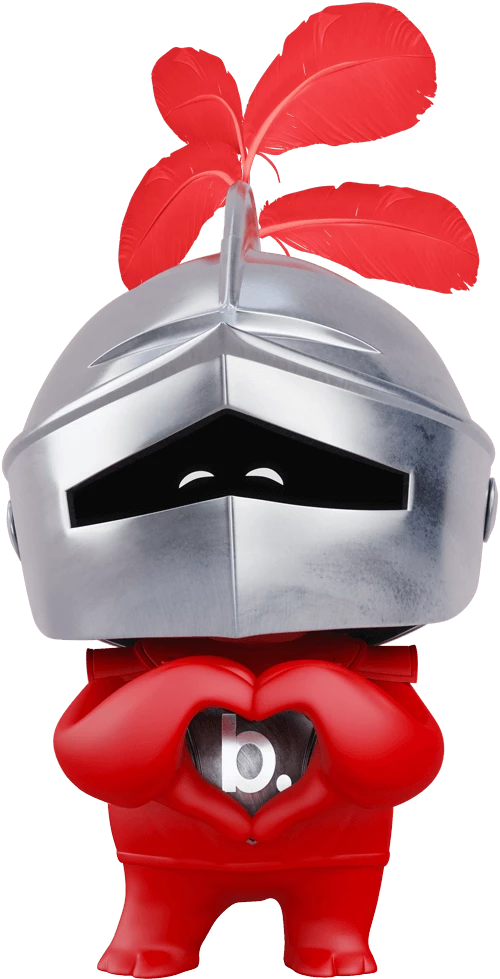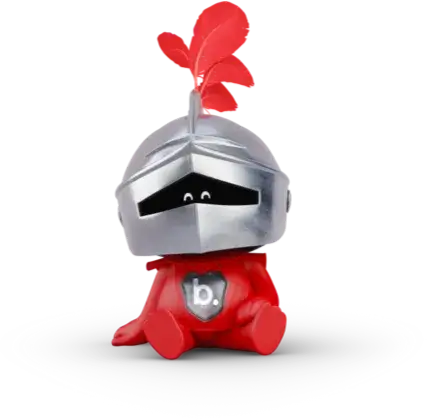Internet of things
FULL-BODIED TECHNOLOGY
With a constant growing array of technological devices surrounding us, sometimes it’s important to stop and think about what purpose these devices serve. Are they just gadgets or do they represent genuine progress in the way we live? While most of these devices promise to connect us, the secret may lie in their ability to reconnect us. Rather than merely offering an escape into virtuality, where our avatars are improved versions of ourselves, they can instead develop our lives in the actual physical world.
Without being too philosophical, we know that some devices are designed to take advantage of a relatively undeveloped capacity: tracking the location and movement of bodies. Geolocation by satellite has been around for several decades, but until recently, it harboured untapped possibilities for small spaces, such as apartments and stores.
This is where Jakub Krzychand and Łukasz Kostka come in. They are the founders of Estimote , the New York-based Polish-Americans behind iBeacons, a Bluetooth sensor technology that can virtually recreate three-dimensional space in real time and connect it with your telephone. Produced in the shape of little gems, these self-adhesive sensors can be attached to a wall of a room or an object that provides context to smart phone users on the go.

A creative way to relay data
This simple idea provides a powerful boost to technological innovation and business opportunities. Think about the possibilities for proximity marketing: a customer enters a store and receives notifications, say about promotions, as he or she moves towards products that may be of interest to them.
The iBeacon can also collect valuable information. Affixed to a product, for example, it can sense and analyze movement, making it possible for managers to find out how many times the item has been handled by customers and to adjust marketing strategies accordingly.
The sensors can be used for all sorts of smart phone applications. The uses are endless. “Initially, as a technology, iBeacons were mainly seen as a tool to enhance the shopping experience, but we have been dazzled by the incredible ideas our customers come up with,” noted Wojtek Borowicz, Community Evangelist, Estimote.
“Some people are using iBeacons to monitor patients in hospitals or to help visually-impaired people to navigate the mass transit system or their own homes,” he continued. “New projects are launched every week to the point that it’s getting difficult to stay on top of everything!”
Endless opportunities
Although the iBeacons are still primarily intended for developers, other items that use sensor technology are targeted at individual consumers. A case in point is Darma, a device developed to help remedy one of the plagues of our century: poor sitting posture. Darma is a cushion that you put on your office chair. It’s the first device of its kind that monitors posture, sitting habits, stress levels, and coaches people to sit better.

Before you dismiss it as a solution to a minor problem, consider the epidemic of back pain, scoliosis and muscle tension due to our sedentary lifestyles. Equipped with sensors linked to your smart phone, Darma lets you know when you’re sitting in a bad position and offers advice on what position to adopt to avoid chronic problems. You can follow your progress with simple and clear charts that analyze and present the accumulated data. In contrast with similar products on the market, the advantage of Darma’s cushion design is that you don’t have to wear the device; it’s not intrusive.
The explosion of technology in our daily lives doesn’t relieve us of the need to make informed choices in our daily lives. We always have the final say. Smart objects may not physically change us, but they give us the opportunity to improve ourselves. It’s all well and good to create a virtual life, but it’s better to progress in real life!

